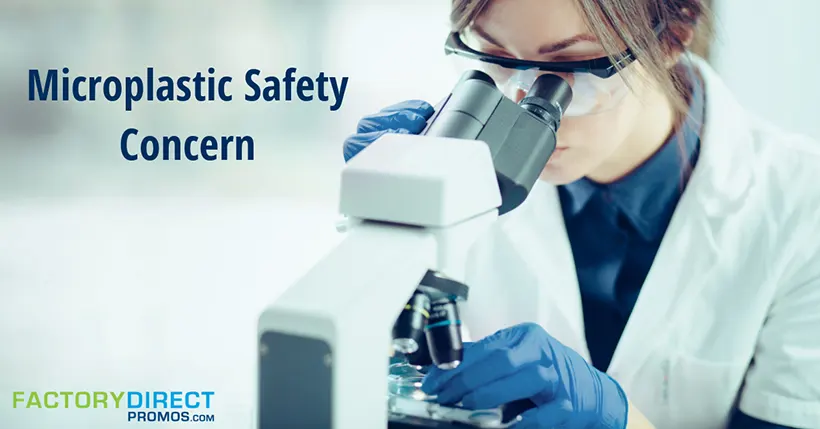Are You Eating Microplastics?

A recent study found microplastic particles in 88% of protein food samples tested. The findings from this study are unique because microplastics were found in various protein sources. Previous studies confirmed the presence of microplastics in fish, but these most recent findings indicate the problem is more widespread. Learn more about microplastics and how they impact your health.
What are Microplastics?
Microplastics are tiny pieces of plastic measuring no more than 5 millimeters long. These tiny pieces are created when larger pieces break apart into smaller and smaller fragments. Microplastics were purposefully used in health and beauty products for several years, but most manufacturers have gotten away from this practice. The microplastic problem isn’t new; small plastic particles have turned up in unexpected places for a while now.
Understanding the Findings
Research conducted by the Ocean Conservancy and the University of Toronto tested food samples headed for U.S. consumers. Detectable concentrations of microplastics were found in all 16 of the test samples, which included beef, chicken, pork, tofu, and plant-based meat alternatives.
With the amount of plastic trash littering the world’s oceans, it isn’t unsurprising to find plastic particles in fish and seafood, but these findings confirm the presence of plastic in land-based animals. The study did not uncover a significant difference in the microplastic levels found in ocean-sourced proteins compared to land-based proteins.
How Is It Happening?
Food processing is the likely culprit for most of the microplastic content found in proteins. Highly processed foods like chicken nuggets and plant-based burgers had the highest microplastics per gram. However, minimally processed foods still contain microplastics, indicating that processing is not the only way contamination occurs.
“There’s no escaping them (microplastics) no matter what you eat, it seems. The plastic pollution crisis is impacting all of us, and we need to take action to address its many forms,” said study co-author Dr. Britta Baechler, a marine biologist and Associate Director of Plastics Science at Ocean Conservancy.
How to Avoid Microplastics?
There are health implications around consuming microplastics. The full impact of eating plastic particles is unknown now, and researchers are working to learn more. While the findings are grim, more research is needed to fully understand how microplastics enter food, what this means for people who eat that food, and how to prevent the microplastic problem going forward.
What Can You Do?
It’s almost impossible to avoid microplastics, but you can be mindful of the foods you eat to lower your exposure. You can also do your part to recycle. Eliminating trash and litter and improving the efficiency of the waste stream helps. Recycling plastic reduces litter, which conserves raw materials and other resources. Recycling also helps to keep plastic out of the oceans, where it has been proven to enter the food chain. We’ll continue monitoring this research and let you know when more updates are available.
